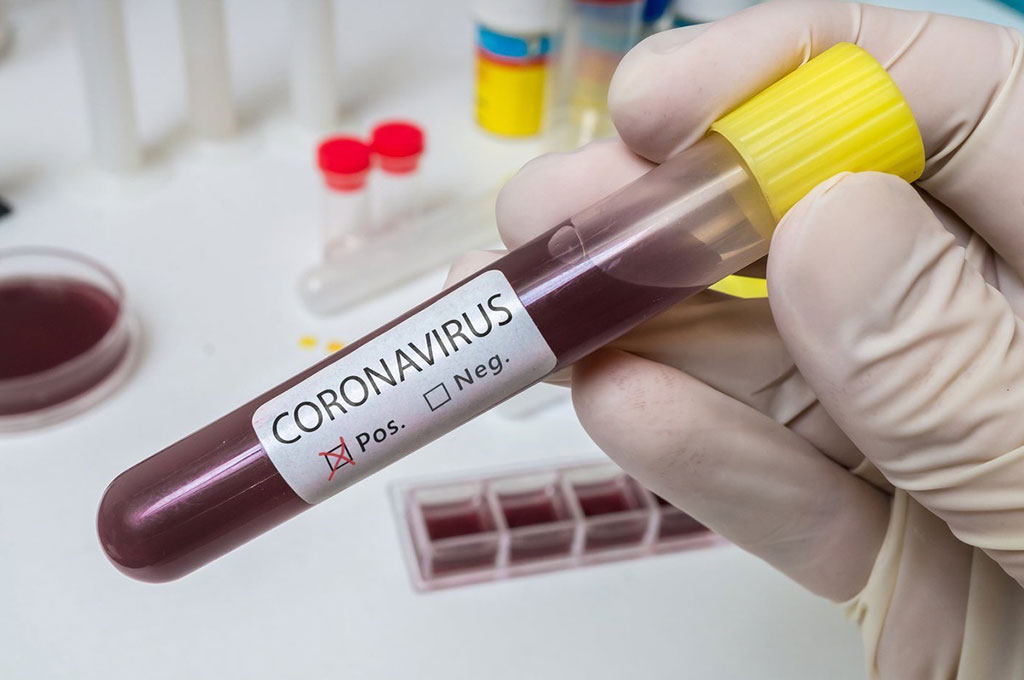Factors Associated with ARDS in COVID-19 Identified
By LabMedica International staff writers
Posted on 30 Mar 2020
Patients with COVID-19 present primarily with fever, myalgia or fatigue, and dry cough. Although most patients are thought to have a favorable prognosis, older patients and those with chronic underlying conditions may have worse outcomes.Posted on 30 Mar 2020
Patients with severe illness may develop dyspnea and hypoxemia within one week after onset of the disease, which may quickly progress to acute respiratory distress syndrome (ARDS) or end-organ failure. The clinical characteristics and factors associated with developing ARDS after hospital admission and progression from ARDS to death in patients with COVID-19 pneumonia.

Image: Factors associated with acute respiratory distress syndrome (ARDS) In COVID-19 identified (Photo courtesy of the Brian Orelli, PhD).
A team of medical scientists collaborating with Zhongshan Hospital (Shanghai, China) carried out a retrospective cohort study of 201 patients aged 21 to 83 years with confirmed COVID-19 pneumonia hospitalized at Jinyintan Hospital in Wuhan, China. To identify SARS-CoV-2 infection, throat swab samples were obtained from all patients at admission and tested using real-time reverse transcriptase–polymerase chain reaction assays. Additionally, patients underwent blood routine blood test, coagulation, and biochemical tests and chest x-rays or computed tomography.
The most commonly self-reported symptoms at onset included fever (93.5%), cough (81.1%), productive cough (41.3%), dyspnea (39.8%) and fatigue or myalgia (32.3%). Approximately three-quarters presented with fever and cough, more than one-third presented with fever and dyspnea, approximately one-third presented with fever and fatigue, myalgia or headache and only 6.5% presented with fever alone. At last follow-up, 71.6% of patients were discharged from the hospital. Of the 41.8% patients who developed ARDS during the study, slightly more than half died.
The team reported that of 194 patients, 166 (85.6%) demonstrated increased high-sensitivity C-reactive protein. More than half (126/197 [64.0%]) of this cohort had lymphocytopenia. About one-third (68/197 [34.5%]) of patients had neutrophilia. Approximately one-quarter (46/197 [23.4%]) of patients had leukocytosis. Some patients demonstrated liver injury with elevated aspartate aminotransferase (AST; 59/198 [29.8%]) and alanine aminotransferase (ALT; 43/198 [21.7%]). Most patients presented with an elevated myocardial indices: 194/198 (98.0%) had elevated lactate dehydrogenase (LDH) and 9/198 (4.5%) had an elevated creatine kinase muscle-brain isoform. Few patients had kidney injury indicated by elevated plasma urea (9/198 [4.5%]) and serum creatinine (9/198 [4.5%]). Of 195 patients, four (2.1%) presented with prolonged prothrombin times (PTs). The team noted that interleukin-6 (IL-6) was statistically significantly associated with death.
The authors wrote that their findings suggest that for patients with COVID-19 pneumonia, methylprednisolone treatment may be beneficial for those who have developed ARDS on disease progression. The study was published on March 13, 2020 in the journal JAMA Internal Medicine.
Related Links:
Zhongshan Hospital













